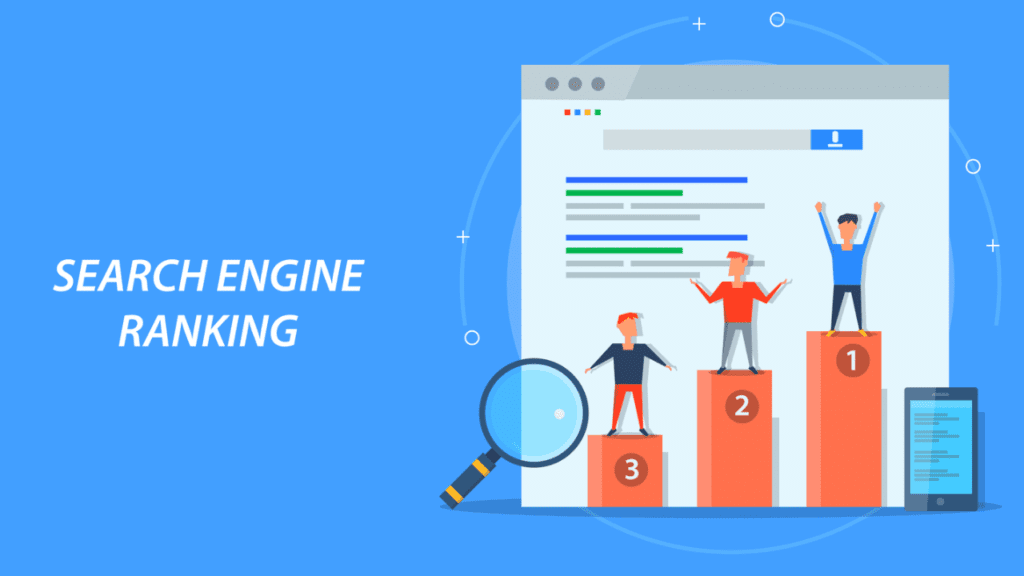1.User Engagement Metrics

A website's level of user engagement determines how well your website resonates with visitors. The average session duration, pages per session, and bounce rate can provide insights into user behavior. A low bounce rate typically indicates relevant and engaging content, while a high average session duration suggests that visitors thoroughly explore your site. These metrics can be tracked effectively using tools like Google Analytics.
2.Conversion Rate
The conversion rate measures how many visitors accomplish a desired action, such as completing a form, purchasing, or signing up for a newsletter. Measuring this metric is crucial for evaluating web design and development to drive business goals. A/B testing different design elements—such as call-to-action buttons, layout, and color schemes—can help identify what drives conversions.
3.Load Time and Performance
Website performance directly impacts user experience. Loading times that are too slow result in high bounce rates and decreased user satisfaction. Tools like Google PageSpeed Insights can help you measure load times and identify areas for improvement. Aim for a load time of under three seconds to enhance user experience and improve your website's search engine ranking.
4.Mobile Responsiveness
Considering the amount of web traffic coming from mobile devices, evaluating how well your site performs on various screen sizes is essential. Metrics to consider include mobile bounce rates and your site's usability on smartphones and tablets. Your website's responsiveness optimizes the user's experience and boosts SEO rankings.
5.Search Engine Rankings

Tracking your website's search engine rankings for targeted keywords can provide insight into how well your web design and development efforts are paying off. Tools like SEMrush or Moz can help you identify keyword optimization opportunities. A higher ranking typically correlates with increased visibility and traffic.
6.Customer Feedback and Satisfaction
Collecting direct feedback from users can offer qualitative insights into their experience. Surveys, interviews, and usability tests can help gauge user satisfaction and identify areas for improvement. Net Promoter Scores (NPS) can quantify user loyalty and satisfaction.
7.Return on Investment (ROI)
Ultimately, assessing the financial performance of your web design and development projects is crucial. Calculate the ROI by comparing the revenue generated from your website to the costs associated with its design and development. This metric helps determine whether your investment was worthwhile and informs future project planning.
Conclusion
Measuring the success of web design and development efforts requires both quantitative and qualitative metrics. Focusing on user engagement, conversion rates, performance, mobile responsiveness, search engine rankings, customer feedback, and ROI can provide valuable insights into your project's effectiveness. Establishing these metrics helps evaluate current projects and enables continuous improvement in future web design and development efforts.
In the digital age, staying informed about these key metrics will empower you to create impactful websites that address users' needs and drive the achievement of business objectives.